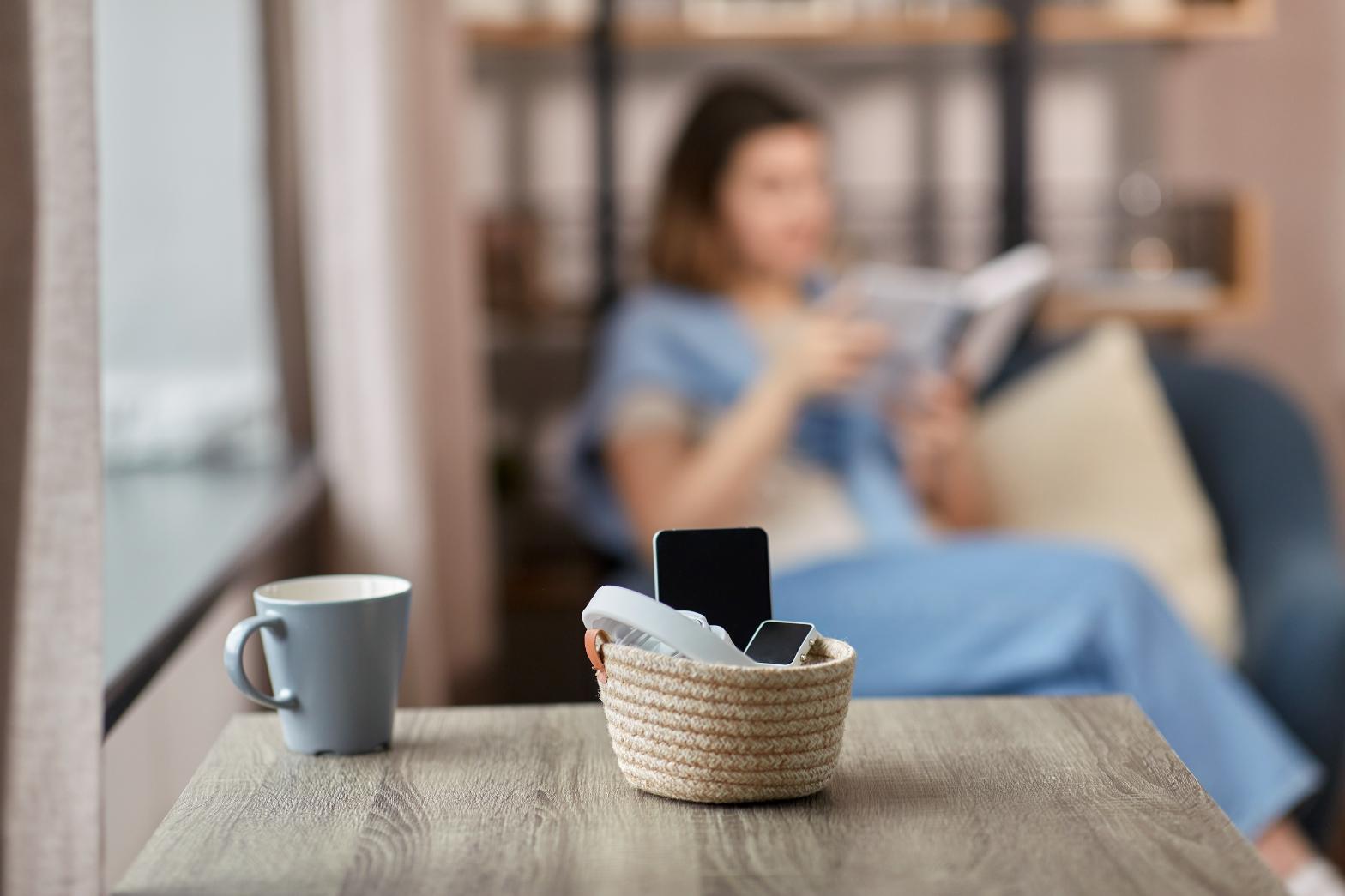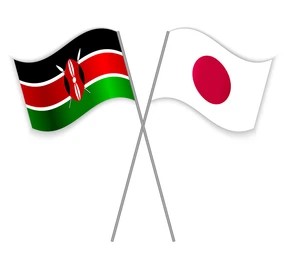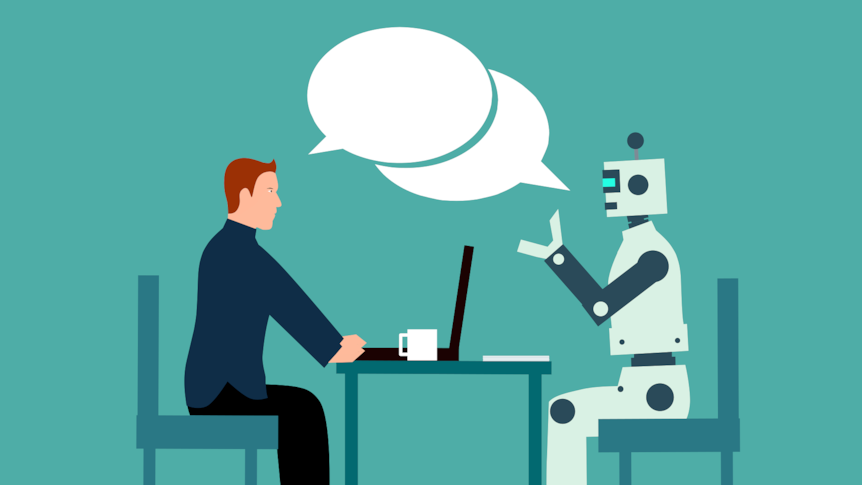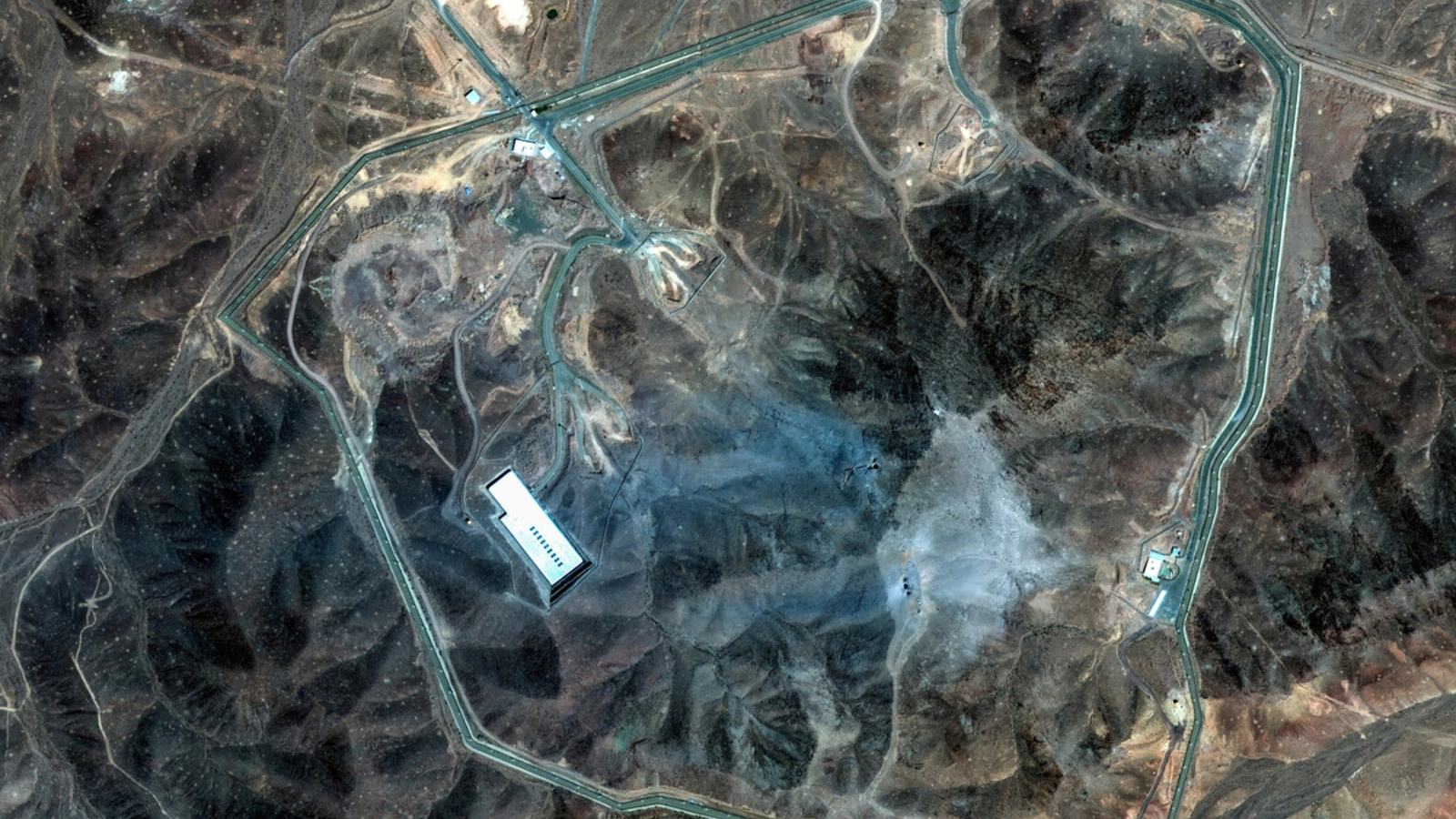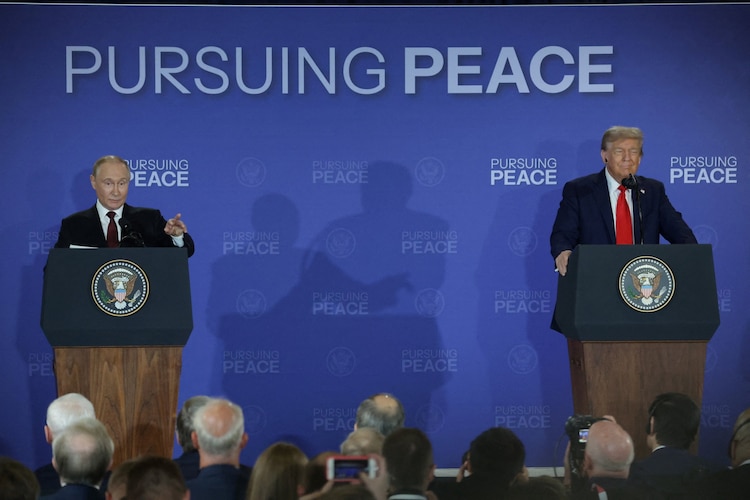In a world of incessant consumerism, digital noise, and overwhelming choice, a quiet revolution is taking root behind closed doors. It is a movement away from the chaotic accumulation of things and towards the serene clarity of less—a philosophy known as minimalism. Far beyond a mere aesthetic of sparse interiors and white walls, minimalist living is a profound, intentional practice of curating one’s physical and mental environment to include only what truly adds value, purpose, and joy. This is not a narrative of deprivation, but one of liberation; it posits that by ruthlessly editing our possessions and commitments, we can reclaim our time, focus, and peace of mind, creating space to live a richer, more meaningful life. The journey toward minimalism is a dual-path process, requiring us to methodically declutter our tangible home and, in parallel, our intangible mind.
The initial foray into minimalism often begins with the physical realm because it is the most visible source of our daily stress. Our homes have become the final repositories for the relentless output of consumer culture, filled with items we barely use, clothes we never wear, and gadgets that promised happiness but delivered only clutter. This constant visual noise creates a low-grade, perpetual anxiety, a background hum of unease as our brains subconsciously process and manage the sheer volume of stimuli. Each unattended pile of paperwork, each overstuffed cupboard, represents a tiny, unresolved task, contributing to a phenomenon psychologists call the "Zeigarnik effect," where unfinished tasks occupy mental space, draining our cognitive resources and heightening our stress levels, making it difficult to truly rest even in our own sanctuaries.
Before a single item is discarded, the most critical step is to establish a powerful "why." This foundational purpose will be the compass that guides you through moments of doubt and difficulty. Ask yourself: what is it that I hope to gain from this process? Is it more time because I am tired of spending my weekends cleaning and organizing? Is it financial freedom, unshackling myself from the cycle of earning money to buy things I don’t need? Is it mental clarity, a desperate need for a calm environment where I can think and create? Or is it simply the profound desire to feel light and unburdened in my own space? This "why" must be personal, resonant, and powerful enough to fuel the entire journey, transforming it from a tedious chore into a meaningful mission of self-discovery and reclamation.
With your purpose firmly in mind, the practical work can begin, and there is no more celebrated methodology for this than Marie Kondo's KonMari method. This approach is revolutionary because it is not a room-by-room tidying marathon, which often leads to burnout, but a category-by-category ritual that fosters a new relationship with your belongings. You begin by gathering every single item from a specific category—starting with clothes, as it is often the easiest—and placing it all in one giant pile on the floor. This act is crucial; it provides a visceral, undeniable visual of the sheer volume you possess, breaking through any denial and setting the stage for honest evaluation. Then, you pick up each item one by one and ask the fundamental question: "Does this spark joy?" This query is not about mere utility; it is about an emotional resonance.
The process of discerning what "sparks joy" is a skill that requires quiet introspection and must be honed over time. It involves holding an item and paying close attention to the physical sensation it evokes. Does it make you feel capable, beautiful, or happy? Or does it elicit a sense of guilt, obligation, or dullness? Items that are kept purely for their functional purpose, like a screwdriver or a winter coat, should be treated with respect and gratitude for their service. The KonMari method teaches us to thank items that no longer serve us before letting them go, a practice that alleviates guilt and transforms disposal from a act of wastefulness into one of respectful closure. This mindful, almost ceremonial approach ensures that every object that remains in your home has earned its place and actively contributes to your well-being.
Beyond the KonMari method, other pragmatic strategies can be employed to tackle the immense task of decluttering. The "Four-Box Method" is an excellent tool for any space: arm yourself with four boxes labeled Trash, Donate, Keep, and Relocate. As you assess a drawer, shelf, or cupboard, every item must be placed into one of these boxes, leaving no room for indecision. The "20/20 Rule" is another effective mental model for those items you cling to "just in case," which states that if you can replace an item for less than twenty dollars in less than twenty minutes, you can safely let it go. For sentimental items, which are the most challenging, set a strict limit, such as one single memory box, forcing yourself to curate only the most treasured artifacts of your past.
The process of removing unwanted items from your home must be handled responsibly and efficiently. Simply throwing everything in the trash is not only environmentally irresponsible but can also feel emotionally callous. Instead, create a system: have bags for items destined for a reputable charity donation center, boxes for higher-value goods that could be sold online or at a consignment store, and a clear area for things that can be gifted to friends or family who would appreciate them. For broken electronics or hazardous waste, research local recycling programs to ensure proper disposal. Completing this removal cycle promptly is vital; allowing donation bags to fester in a hallway for weeks undermines the entire effort and keeps the energy of clutter present in your home.
Once the great purge is complete, the focus shifts to the art of organization—creating a mindful system for what remains. The goal is not to find clever ways to hide clutter in fancy bins, but to create a simple, logical home for every possession so that it can be easily accessed and, more importantly, easily put away. This involves utilizing vertical space with shelves, implementing drawer dividers to keep items separated, and adopting a "one in, one out" rule to prevent future accumulation. The aesthetic of your organization matters; using uniform, simple containers in materials like woven baskets, clear glass jars, or matte black bins can turn functional storage into a serene visual statement, reinforcing the calm atmosphere you are working to cultivate.
The final, and perhaps most important, pillar of physical minimalism is the practice of mindful consumption. Decluttering is not a one-time event but an ongoing lifestyle, and its sustainability hinges on a radical shift in how you acquire new things. This means adopting a habit of conscious deliberation before any purchase, implementing a mandatory 24- or 48-hour "cooling-off" period for non-essential items to short-circuit impulsive buying. It means prioritizing quality over quantity, investing in fewer, well-made items that will last for years rather than a multitude of cheap, disposable goods. It involves asking not just "Do I want this?" but "Do I have a specific, purposeful place for this in my life and my home?" This proactive gatekeeping ensures your space remains a sanctuary.
As the physical clutter recedes, a remarkable thing begins to happen: the mental clutter becomes more apparent. The constant background anxiety fostered by a chaotic environment begins to fade, but it often reveals a deeper layer of internal noise—the endless to-do lists, digital distractions, social obligations, and self-critical thoughts. Decluttering the mind, therefore, is the essential second act of minimalist living. It is the process of applying the same principles of curation and intention to your time, your attention, and your mental energy, recognizing that these are your most precious and non-renewable resources.
The most pervasive source of modern mental clutter is undoubtedly our digital environment. Our smartphones and computers are virtual houses of chaos, filled with thousands of unread emails, countless notifications, an endless scroll of social media, and a barrage of apps vying for our attention. This digital cacophony fractures our focus, creates a constant sense of urgency, and leaves us feeling mentally drained. The digital declutter begins with a ruthless audit: delete unused apps from your phone and computer. Unsubscribe from every email newsletter that you reflexively delete without reading. Mute or leave social media groups and channels that no longer serve you. This is the digital equivalent of the "does it spark joy?" question.
Beyond deletion, we must architect our digital spaces for focus and calm. Turn off nearly all non-essential notifications; the constant pinging is an instrument of interruption, training your brain to be reactive rather than proactive. Schedule specific, limited times to check email and social media rather than allowing them to be a continuous, distracting background activity. Utilize website blockers during work hours to protect your concentration. Curate your social media feeds with intention, actively following accounts that inspire, educate, or uplift you, and muting those that trigger comparison, envy, or anger. Your digital landscape should be a tool for enhancement, not a source of endless distraction and mental depletion.
Minimalist living extends powerfully into the realm of time management, challenging the modern glorification of "busyness." A cluttered schedule is as oppressive as a cluttered closet. It involves learning the delicate art of saying "no" to obligations, events, and requests that do not align with your core values or your "why." This requires a shift from fearing you might miss out (FOMO) to embracing the joy of missing out (JOMO)—the profound satisfaction that comes from guarding your time for rest, deep work, and connection with loved ones. It means scrutinizing your weekly calendar and identifying time-consuming activities that yield little reward, then consciously eliminating or delegating them.
At the heart of a decluttered mind is the cultivated practice of mindfulness and presence. A minimalist environment, free from visual distraction, naturally lends itself to this state. It becomes easier to focus on a single task, to read a book without interruption, or to simply sit and be still without feeling the anxious pull of something that needs to be done or cleaned. Practices like meditation, journaling, or a daily walk in nature are not separate from minimalism; they are its natural culmination. They are the activities that fill the space you have created, allowing you to connect with yourself and your surroundings on a deeper level, fostering a sense of peace that no material possession could ever provide.
Inevitably, the journey will present challenges. Sentimental attachments can bring the process to a standstill, and well-meaning friends or family may not understand your new choices, perceiving them as rejection or oddity. The key is to remain connected to your foundational "why." For sentiment, remember that the memory is not in the object itself; a single photograph of a cherished item can often preserve the memory more effectively than storing the dusty item itself in an attic. With social pressure, develop a simple, gracious way to explain your choices without needing to justify or defend them excessively. Your peace is the priority.
The rewards of embracing this lifestyle are profound and multifaceted. Financially, you save significant amounts of money by breaking the cycle of compulsive buying and learning to appreciate what you already have. Environmentally, you drastically reduce your waste and consumption footprint, contributing to a more sustainable planet. With the time and mental energy once spent managing, cleaning, and worrying about possessions, you are free to pursue hobbies, nurture relationships, and engage in work that feels meaningful. The constant, low-grade stress evaporates, replaced by a pervasive sense of calm and control. You are no longer a servant to your stuff; you are the curator of your life.
It is crucial to understand that minimalism is not a destination with a fixed endpoint, but a continuous, evolving practice. Life is dynamic; new items will enter your home, new commitments will fill your calendar, and new digital distractions will emerge. The goal is not to achieve a state of perfect, sterile emptiness, but to develop the ongoing awareness and habits to regularly audit and edit your life. It becomes a gentle rhythm of assessing, releasing, and appreciating, ensuring that your external world reflects your internal values. It is a practice of returning, again and again, to intention.
Ultimately, minimalist living is a form of deep self-respect. It is the decision that your peace, your time, and your attention are too valuable to be squandered on things that do not matter. It is a rebellion against the societal currents that tell us we are what we own and that more is always better. By deliberately choosing less, we are not choosing nothing; we are choosing more of what truly makes a life worth living: clarity, connection, creativity, and contentment. The path of decluttering, both home and mind, is therefore the most generous gift you can give to yourself—a deliberate, courageous step toward building a life not of abundance of possessions, but of abundance of meaning.


